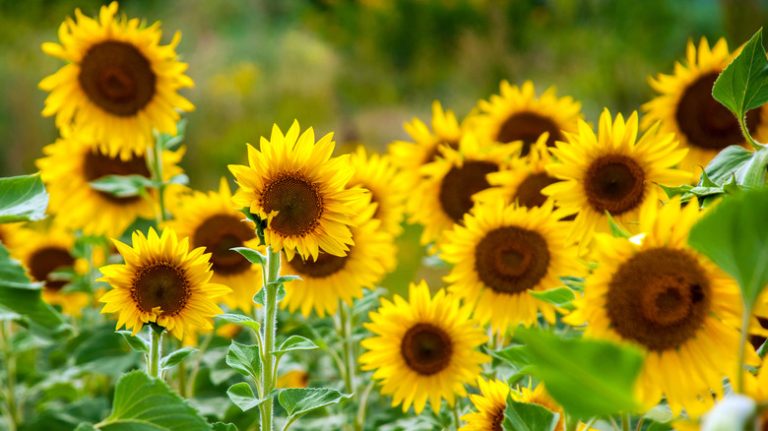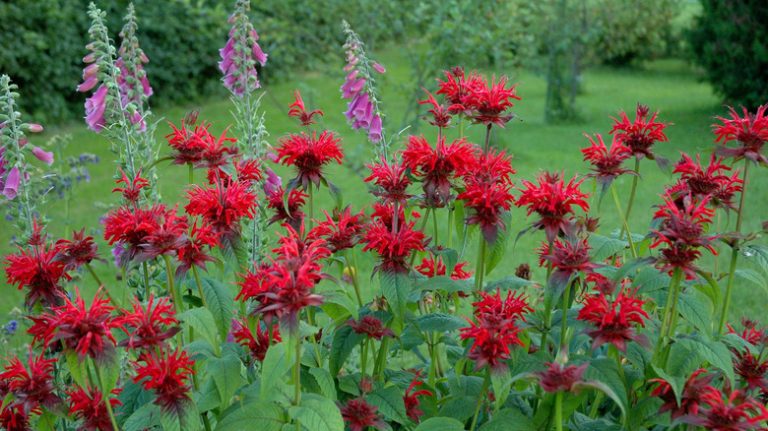The Rugosa Rose, scientifically known as Rosa rugosa, is a species of rose that is commonly found in different states of Russia and the Kamchatka Peninsula. It is a member of the Rosaceae family and is known for its resilience and beautiful appearance. The Rugosa Rose is a key plant in wetland zones and is often found near beaches and spruce bays.
One of the notable characteristics of Rugosa Roses is their ability to withstand harsh climates, including low temperatures and frost. They have elliptic and thick leaves with alternate arrangement and are covered in prickles, giving the plant a double layer of protection. The plant also has pretty fragrant pink or white flowers with scars, which add to its charm.
Rugosa Roses are relatively easy to care for and maintain. They prefer locations with plenty of sunlight and moist, well-drained soil. Once established, these roses require little watering, making them perfect for gardens with less frequent rainfall or for individuals who prefer low-maintenance plants. They can also be grown in pots or containers, making them suitable for seed-starting or repotting.
When it comes to diseases, Rugosa Roses are relatively resistant and can be grown with minimal risk. However, in case of any issues or concerns, specific methods and precautions can be followed or referred to in a gardening manual or online reference.
In conclusion, if you are looking for a beautiful and hardy plant that can withstand various climates and requires little maintenance, Rugosa Rose is an excellent choice. Its pretty appearance, thick leaves, and fragrant flowers make it a favorite among gardeners. Whether you want to enhance the look of your garden or add color to a wetland area, Rugosa Rose has you covered.
How to Grow and Care for Rugosa Roses
If you’re looking for a tough and beautiful rose that can thrive in a variety of conditions, look no further than the Rugosa Rose. Rugosa Roses, also known as Rosa rugosa, are hardy and vigorous plants that are resistant to disease and pests. In this article, you’ll learn how to grow and care for Rugosa Roses to help them thrive in your garden.
1. Select the right location: Rugosa Roses can tolerate a wide range of soil types, but they prefer well-draining sandy or loamy soils. They also prefer full sun, but they can tolerate some shade. Before planting, make sure to choose a location that receives at least 6 hours of sunlight each day.
2. Planting: Before planting Rugosa Roses, it’s important to prepare the soil properly. Dig a hole that is wide and deep enough to accommodate the size of the root ball. Place the plant in the hole, making sure that the bud union (the swollen area where the rose was grafted onto the rootstock) is about 2 inches above the soil level. Fill the hole with soil, firming it gently around the roots. Water the plant thoroughly after planting.
3. Watering: Rugosa Roses are drought-tolerant once established, but they appreciate regular watering, especially during hot and dry periods. Water deeply and infrequently, allowing the soil to dry slightly between waterings. Avoid overhead watering, as this can lead to disease and powdery mildew.
4. Fertilizer and Maintenance: Rugosa Roses are low-maintenance plants and generally don’t require much fertilizer. However, if you want to give them a boost, you can apply a balanced rose fertilizer in early spring. Prune Rugosa Roses in late winter or early spring before new growth starts. Remove any dead, damaged, or crossing branches to promote air circulation and prevent disease.
5. Disease and Pest Resistance: Rugosa Roses are known for their disease and pest resistance. Their thick, tough leaves and needle-like thorns make them less appealing to insects and deer. However, they can still be susceptible to some common rose diseases, such as black spot and powdery mildew. To prevent these diseases, avoid overhead watering, provide good air circulation, and remove any diseased leaves or branches.
6. Propagation: If you want to propagate Rugosa Roses, you can do so by taking stem cuttings or by harvesting and planting their seeds. Stem cuttings should be taken in late spring or early summer and rooted in a well-draining media. Seeds can be collected from the hips (the fruit of the rose) after they turn bright red or orange. Plant the seeds in pots or directly in the garden and keep them moist until they germinate.
Rugosa Roses are a beautiful addition to any garden. Their spreading habit, lovely flowers, and resistant nature make them a popular choice among gardeners. Whether you’re putting them in a mass planting or simply adding one to your garden, Rugosa Roses are sure to bring beauty and elegance to any landscape.
What You’ll Learn
In this article, you will learn about the young and somewhat tolerant Rugosa Rose bushes. You will get to know their distinctive appearance, blooming flowers, and historical origin. We will also explore their spreading and creeping growth habits, and the maintenance and cultivation tips that will help you consistently control their growth and maintain their beautiful appearance.
You will discover the best soil and sunlight conditions for these roses, as well as the pests and diseases that they are prone to. We will provide you with helpful information on identification and how to care for Rugosa Rose bushes, including watering and pruning techniques.
Furthermore, you will find reference information on three popular varieties of Rugosa Roses: the Bugnet Rose, the Grootendorst/Cranberry Rose, and the Rugelda Rose. We will discuss their specific characteristics and offer tips on how to grow and maintain each variety.
If you are a fan of native plants or interested in conservation, you will also learn about the conservation efforts for Rugosa Rose, especially in northern regions. You will gain knowledge on how these roses can help with soil erosion and creating dune stability, making them a popular choice for coastal areas.
So, if you are looking to add a beautiful and hardy rose variety to your garden, stick around and learn everything you need to know about Rugosa Rose!
What Are Rugosa Roses
Rugosa roses, also known as “Rosa rugosa,” are a type of flowering shrub that belongs to the Rosa genus. These roses are native to eastern Asia and are primarily found in areas such as China, Korea, and Japan. They have a long history and are known for their hardiness and beautiful flowers.
Rugosa roses are unique in their characteristics and are quite different from other types of roses. They have thick, leathery foliage that is rough and wrinkled in appearance. The leaves are pinnately compound, meaning they have multiple leaflets arranged on either side of a central stem. These leaflets are often deep green in color and have a rough texture.
One of the most distinguishing features of rugosa roses is their thorns. These roses have sharp and curved thorns that can cause quite a bit of pain if you’re not careful. However, these thorns are also what make rugosa roses so resistant to pests and diseases.
Rugosa roses are known for their beautiful and fragrant flowers, which come in a variety of colors such as pink, white, red, and yellow. These flowers are often double or semi-double in appearance, meaning they have multiple layers of petals. They have a sweet and spicy fragrance that fills the air around them.
In terms of cultivation, rugosa roses are relatively easy to grow and maintain. They prefer full sun, though they can tolerate some shade. They also prefer well-drained soil that is rich in organic matter. These roses are known to be quite tolerant of different soil conditions, including sandy and salty soils.
Rugosa roses are also quite resistant to cold weather and can withstand temperatures as low as -40 degrees Celsius. This makes them a popular choice for gardeners in colder climates. They can also tolerate high humidity levels and are quite resistant to diseases.
One of the problems gardeners may face when growing rugosa roses is their spreading nature. These roses can send out underground runners, which can cause them to take over other plants in the garden. To control their growth, it’s important to regularly prune and maintain the bushes.
Rugosa roses have a somewhat mounding growth habit, reaching heights of 3 to 6 feet tall and spreading outwards. They are often used in beds and borders, as well as hedges and hedgerows. Rugosa roses can also be grown in pots and containers, though they will require regular watering to maintain moisture levels.
In terms of their history and conservation, rugosa roses have been cultivated for centuries and are considered a national flower in some countries. They have a rich cultural and culinary history, with their fruits being used to make jams, jellies, and even wine. Rugosa roses are also popular in conservation efforts, as they are often used to restore and enhance wetland areas.
Overall, rugosa roses are a pretty and hardy plant that can add beauty and fragrance to any garden or landscape. Their unique foliage, beautiful flowers, and ease of maintenance make them a popular choice among gardeners.
Cultivation and History
In the flora world, Rugosa Roses are a popular choice due to their deep colors and showy nature. However, cultivating and maintaining these roses can present some challenges. One of the main problems with growing Rugosa Roses is their tendency to develop overhead shades. The densely packed, prickly bushes can create spots of shade underneath, making it difficult for other plants to thrive.
In terms of cultivation, Rugosa Roses are known for their ability to adapt to various soil types. They can be grown in clay, sandy, or loamy soils, although they tend to prefer well-drained soils. This adaptability is thanks to their native habitat, where they have developed methods to survive in different conditions. If you’re not sure what type of soil you have, a soil test can be a helpful guide.
Rugosa Roses are also known for their beautiful flowers. The Rosa rugosa alba variety produces white blooms, while the Rugelda variety has yellow flowers. Their blooms are typically large and showy, often attracting bees, butterflies, and birds. The flowers later turn into fleshy fruits, which birds love to grab. If you want to keep the birds at bay, you can place netting or other protective measures around the bushes.
Despite their beauty, Rugosa Roses do have some drawbacks. The needle-like prickles on their stems and branches can be a nuisance, especially when pruning or managing the plant. Additionally, Rugosa Roses can be susceptible to diseases such as black spot and powdery mildew. However, many cultivars have been introduced with disease-resistant traits, making them easier to care for.
In terms of temperature, Rugosa Roses are hardy and can survive in most states. They are known for their cold resistance, making them a favorite among gardeners in colder regions. However, if you’re a gardener in a warmer climate, you may need to take extra precautions to ensure the roses survive the heat. Providing ample mulch around the base of the plants and watering regularly can help keep them cool.
Overall, Rugosa Roses are a beautiful and resilient addition to any garden. Their history and cultivation methods make them an interesting choice for both experienced and novice gardeners. Whether you’re putting them in the ground or in containers, Rugosa Roses are sure to add a touch of elegance to your outdoor space.

